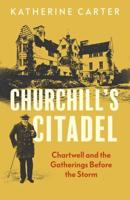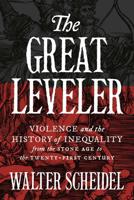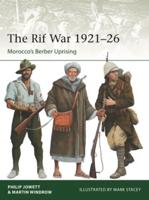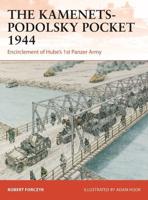Publisher's Synopsis
This historic book may have numerous typos and missing text. Purchasers can download a free scanned copy of the original book (without typos) from the publisher. Not indexed. Not illustrated. 1922 edition. Excerpt: ...therefore, that with few, if any, exceptions the populations of the most favored environments are both compound and composite; compound as being made up of successive strata of conquered and conquerors, and composite, as being made up of immigrant individuals scattered among the native-born. In time all of these elements are in some degree amalgamated. The amalgamation of invaded and invaders, however, is determined largely by the physical characteristics of the region itself. If they are such as to tempt the invaders to scatter themselves throughout the land as local overlords, while at the same time maintaining a general distribution of the invaded or conquered, the possibilities of amalgamation are far greater than when for any reason either stratum is geographically concentrated. This seems to have been the history of the thorough-going amalgamation of Celtic and Teutonic elements in the midland and western counties of England. When an immigration of individuals begins to bring important additions to a compound population, the foreign-born element itself may be more or less composite. And this circumstance again is determined by the character of the physical environment. If the natural resources, while great, are all of one kind, and especially if they are predominantly agricultural, the inhabitants are far more homogeneous than if the resources are in mineral wealth, or, above all, if they are varied, including commercial and manufacturing opportunities. Practically, however, an environment of homogeneous resources is usually but part of a larger geographic unity that is occupied by one entire people, and that in the aggregate includes resources of varied kinds. This integral geographic unity inevitably has a population that not only is...










